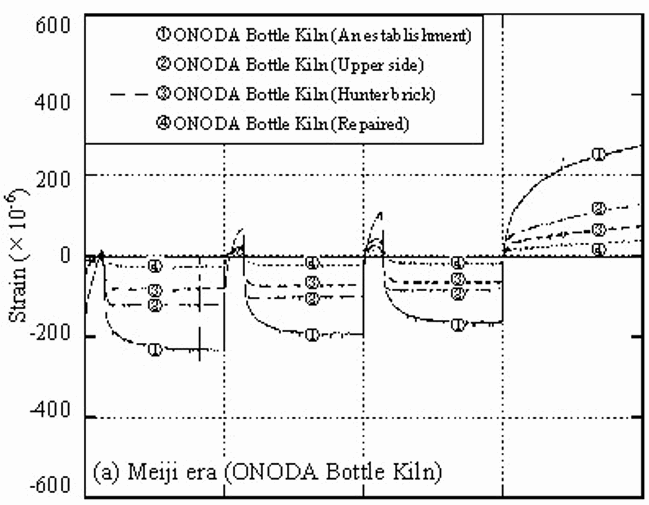Akiko Mori1, Akio Baba2, Rie Kawahara3, Lihito Yamaguchi4, and Tomikazu Dainobu5
- Professor, Tsukuri College, Graduate School of Engineering, Nagoya Institute of Technology, Dr.Eng., mori.akiko@nitech.ac.jp,
- Professor, Dept. of Perceptual Science and Engineering, Faculty of Engineering , Yamaguchi University, Dr.Eng.,
- Assistant Professor, Dept. of Perceptual Sciences and Design Engineering, Faculty of Engineering, Yamaguchi University, M.Eng., kawa@yamaguchi-u.ac.jp ,
- Graduate Student, Graduate School of Engineering, Nagoya Institute of Technology, 3r.yama@archi.ace.nitech.ac.jp,
- Doctoral Student, Graduate School of Science and Engineering, Yamaguchi University, t-dainobu@nifty.com
ABSTRACT
Historic masonry structures, especially world heritage and cultural property buildings, need to be maintained to preserve their present appearance and avoid deterioration. The maintenance approach will vary depending on their usage. One of the most vital and fundamental characteristics for keeping buildings in good condition in the long-term is the control of moisture movements in the building materials.
The purpose of the present study is to confirm if there is any moisture movement in fired clay bricks and determine the potential magnitude of such movement. This is one of the essential properties that need to be determined in order to predict future performance. The brick specimens used in this study were obtained from old brick buildings, established in the Meiji and the Taisho eras, the period during the height of Japanese modernization (18th – 19th century). The reversible moisture movement and mass change in the brick specimens were examined by immersion in water and drying in air. The results show that movement was found in all the bricks. The movement in the Taisho bricks were smaller than the ones in the Meiji bricks, which is likely due to the improvement of manufacturing methods changing from cast to extrusion moulding. The amplitude of the movement was by and large related to the firing temperature of the brick.
KEYWORDS: historic masonry structures, world heritage, fired clay brick, moisture movement, control
6a-1



